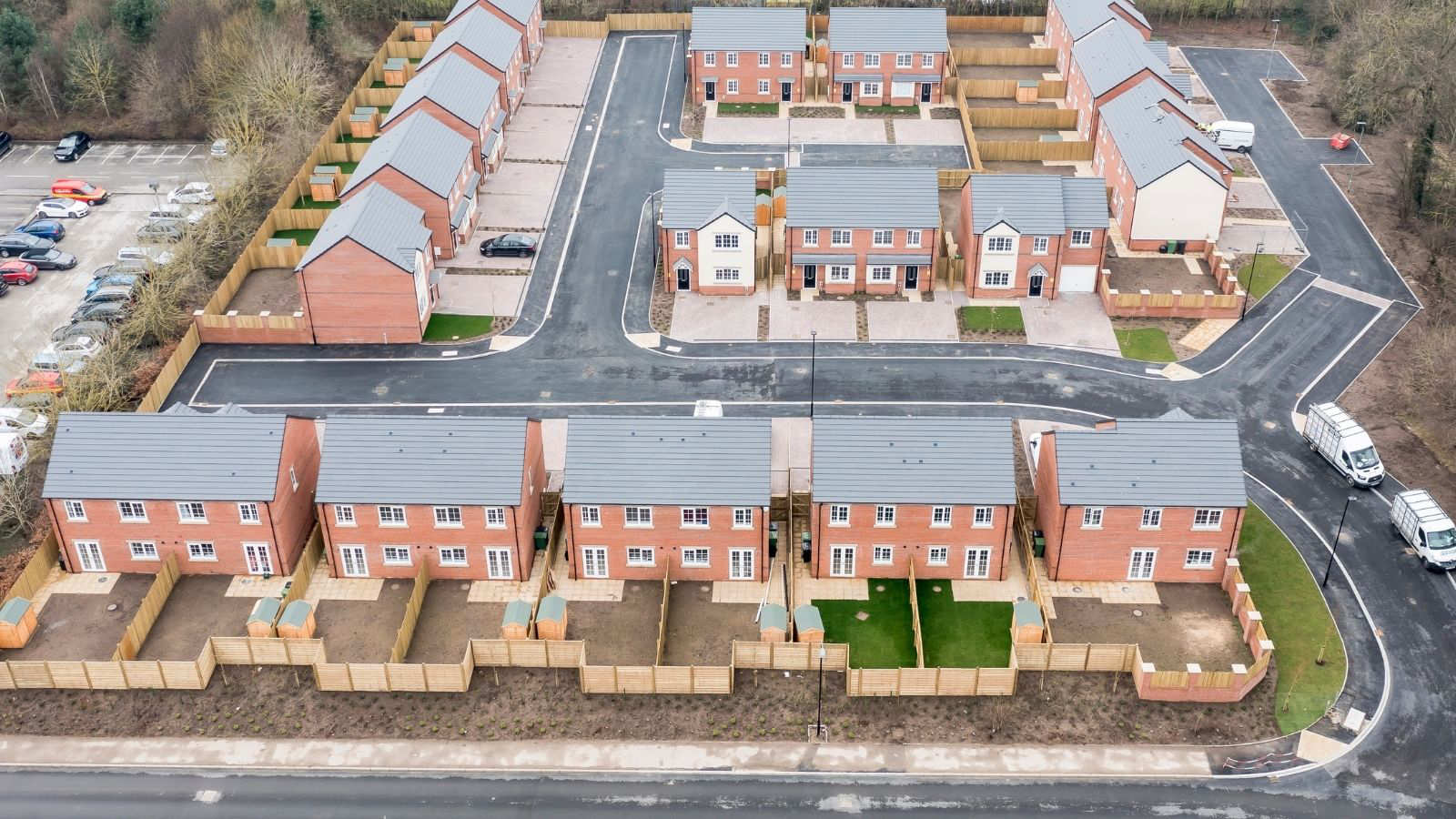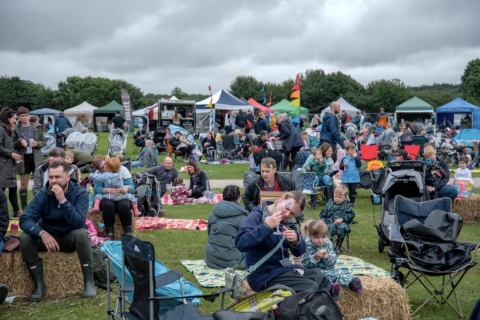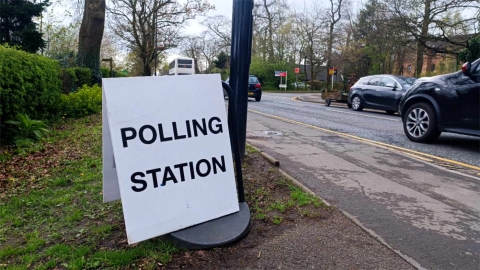People in desperate need of a new home in York and North Yorkshire could have to wait up to three and a half years before they’ll be able to live in an affordable social home, even if no new households joined the waiting list, according to new analysis of the latest affordable housing figures.
Ahead of the region’s first mayoral election, analysis by the National Housing Federation (NHF) found that while 10,300 households were on the waiting list for social housing, only 2,891 new social housing lettings were available last year (2022/23).
At the current rate of lettings, and if no new households joined the list, it could take another three and a half years before every household currently on the waiting list can move into a suitable home that they can afford. However, there’s been a 30% increase in the number of people on housing waiting lists over the past six years.
The York and North Yorkshire Housing Partnership, which is made up of 23 housing associations, is joining the NHF’s call for a long-term plan to solve the housing crisis to support the thousands of households across York and North Yorkshire in desperate need of a safe, suitable and affordable home.

Chair of the York and North Yorkshire Housing Partnership, Nick Atkin, said: “York and North Yorkshire is in the midst of a housing crisis, forcing thousands of families into temporary accommodation.
“Our region has some of the least affordable housing outside the Southeast of England. Even if the social housing waiting list stops growing it’ll take over three and a half years before each person has a safe and affordable home.
“We need the new mayor to commit to a long-term plan for housing and work with housing associations to build the homes our region so desperately needs.”
Social housing lettings refer to homes which have been let at either social rent, which is typically 50-60%% of the market rent in an area, or Affordable Rent, which is at least 20% below market rent levels – making them the only affordable option for many.
Across the country, the chronic shortage of genuinely affordable social homes has left many families stuck in unaffordable, unsuitable accommodation, cut off from local support networks, far from school or job opportunities or even facing homelessness.
The consequences of this have been felt across York and North Yorkshire as the housing crisis in England worsens.
The impact this has on those on low incomes is devasting. The shortage of affordable homes across the region means that more and more people have had to turn to living in expensive, insecure private rented homes. This has left many facing impossible choices as they struggle to balance rent with other essential bills, or risk facing homelessness. NHF research from 2019 revealed that nearly half of children in private rented homes are living in poverty.
Last year (2022/23), for every new social home built in England, six households were accepted as homeless by their local council, while more children than ever before are living in temporary accommodation. This is also putting local councils under increasing financial pressure with councils spending £1.74bn to support households in temporary accommodation in 2022/23. This is only set to worsen, with recent research revealing that the number of children living in temporary accommodation is estimated to reach 150,000 by 2030.
The widening gap between the demand for social housing and the availability of is not an anomaly in York and North Yorkshire. It is the result of decades of underfunding and underinvestment in affordable homes by successive governments, which in turn has led to a chronic shortage of social housing and contributed to the housing crisis we’re facing today.
But this is a crisis that can be solved. Housing associations are ambitious to do more to tackle this challenge, but it will take a long-term commitment from local and national governments to make this happen.
With a long-term plan in place, by 2035 we could: fix child homelessness, halve overcrowding, provide the security of a social home for one million more people, ensure a warm and decent home for seven million more families, improve affordability, and boost productivity by ensuring every region, including York and North Yorkshire, has the homes it needs to grow.






